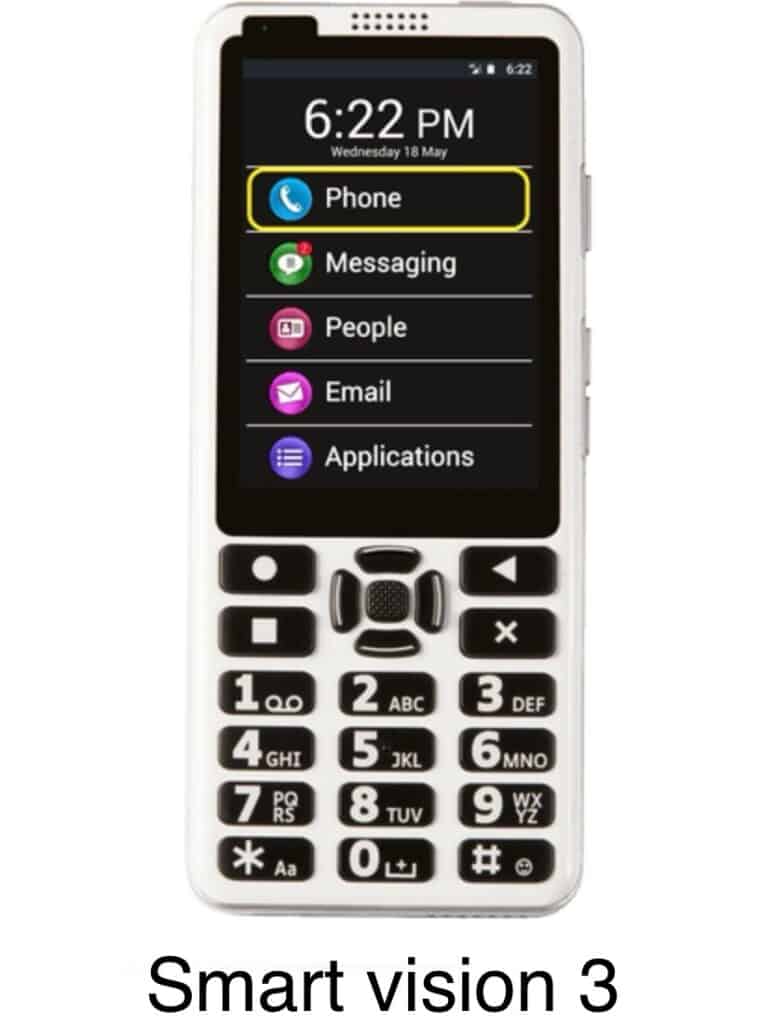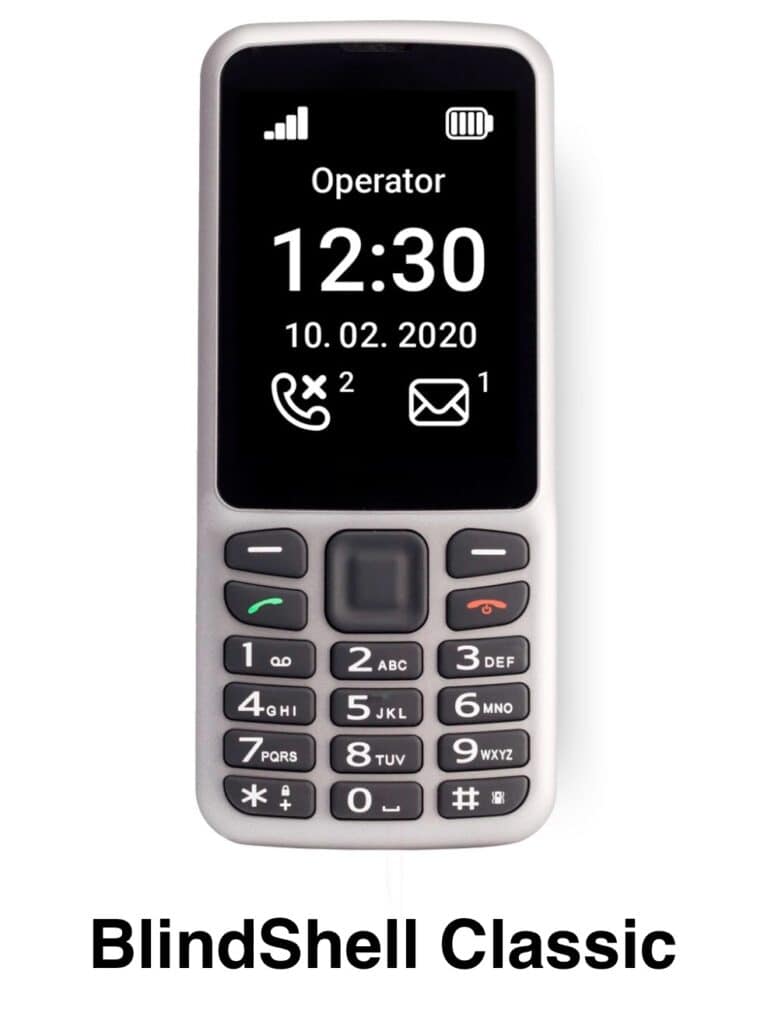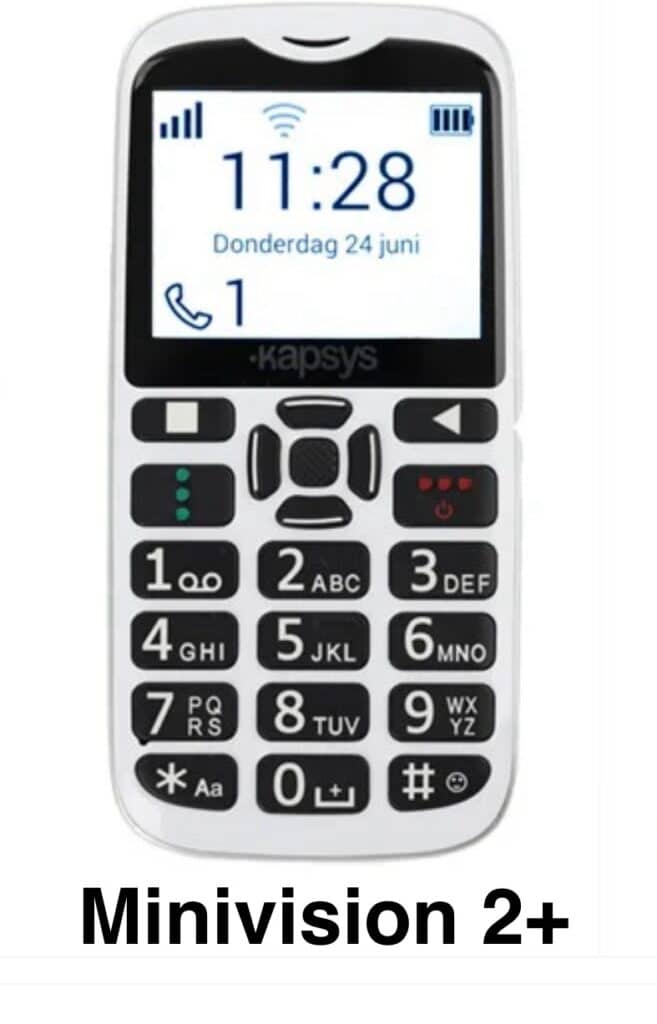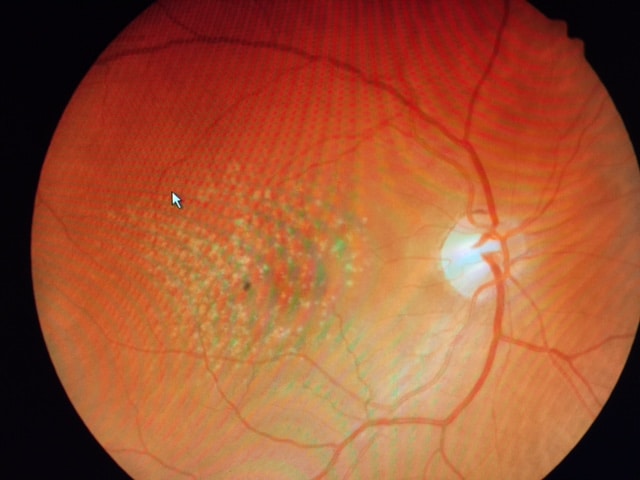Driving is one of the most valued symbols of independence, and losing the ability to drive can feel like losing a vital connection to daily life. Yet, determining who is legally permitted to drive with vision loss is not straightforward. Each state sets its own standards, balancing public safety with individual capability. Understanding these regulations—and how they apply to drivers with low vision—is essential for making informed, responsible decisions about staying behind the wheel.
Driving regulations for people with vision loss vary widely from state to state. While visual acuity is often the first standard considered, most states now recognize that visual function involves more than just clarity of sight. Factors such as visual field, contrast sensitivity, and light adaptation can also affect safe driving. Because each state sets its own licensing standards, the rules can differ dramatically—some are highly specific and regulated, while others are more flexible or vague.
The Unrestricted License
Despite the variations, most states share common standards for issuing unrestricted driver’s licenses. Typically, a person qualifies if they have visual acuity of 20/40 or better in one eye, although a few states accept visual acuity of 20/50 or even 20/60.
Visual field requirements, however, vary even more. Some states have no specific visual field requirement, while others require a horizontal field of 120 to 140 degrees. A few states distinguish between binocular (both eyes) and monocular (one eye) visual fields, while others include vertical field standards as well.
All states, however, permit driving with one functional eye (monocular vision), provided the individual meets the state’s visual acuity and field criteria. An unrestricted license allows driving at any time and in any location—and this, perhaps, is the only aspect of licensing that approaches uniformity across the country.
The Restricted License
Most states offer a restricted driver’s license for individuals with subnormal or low vision. These licenses permit driving under specific conditions, which may include:
- Daylight-only driving
- Restricted driving radius or local area limits
- No highway or interstate driving
- Mandatory use of adaptive devices, such as a bioptic telescope
The minimum visual acuity requirement for a restricted license varies considerably by state—ranging from 20/40 to 20/200, the federal definition of legal blindness. Some states require a specialized road test for restricted-license applicants, while others rely on vision testing alone.
The majority of states now allow driving with a bioptic telescope, a miniature telescope mounted on eyeglasses that allows the driver to spot distant objects, such as road signs or traffic lights. Regulations differ, however, on whether acuity measured through the telescope can be used to meet the minimum vision standard. In many states, bioptic training is required before licensing.
Finding State Regulations
Each state’s Department of Motor Vehicles (DMV) maintains its own rules on vision and driving. Some are easier to locate than others, but your eye care provider can often assist in obtaining this information.
For a convenient summary of each state’s licensing requirements, consult the American Automobile Association (AAA) Exchange database:
Drivers Licensing Policies and Practices Database – http://lpp.seniordrivers.org/
You can also search online using:
“Your state driver license vision standards.”
Experience and Safety
Ultimately, the privilege of driving depends on meeting measurable visual qualifications. Yet, visual tests only estimate performance—they cannot fully predict how someone actually drives. In my experience, many low vision drivers are highly attentive, cautious, and deliberate, compensating for visual limitations with experience, awareness, and discipline behind the wheel.
Conclusion
Driving represents far more than transportation—it symbolizes freedom, independence, and connection to the world. For those with vision loss, maintaining that independence requires honest self-assessment, ongoing dialogue with eye care professionals, and, when necessary, adaptive training or restricted licensing. While vision standards determine legal eligibility, true driving safety depends on an individual’s awareness, judgment, and willingness to adapt. With proper support and realistic understanding of one’s visual abilities, many people with low vision can continue to drive safely and confidently for years to come.











